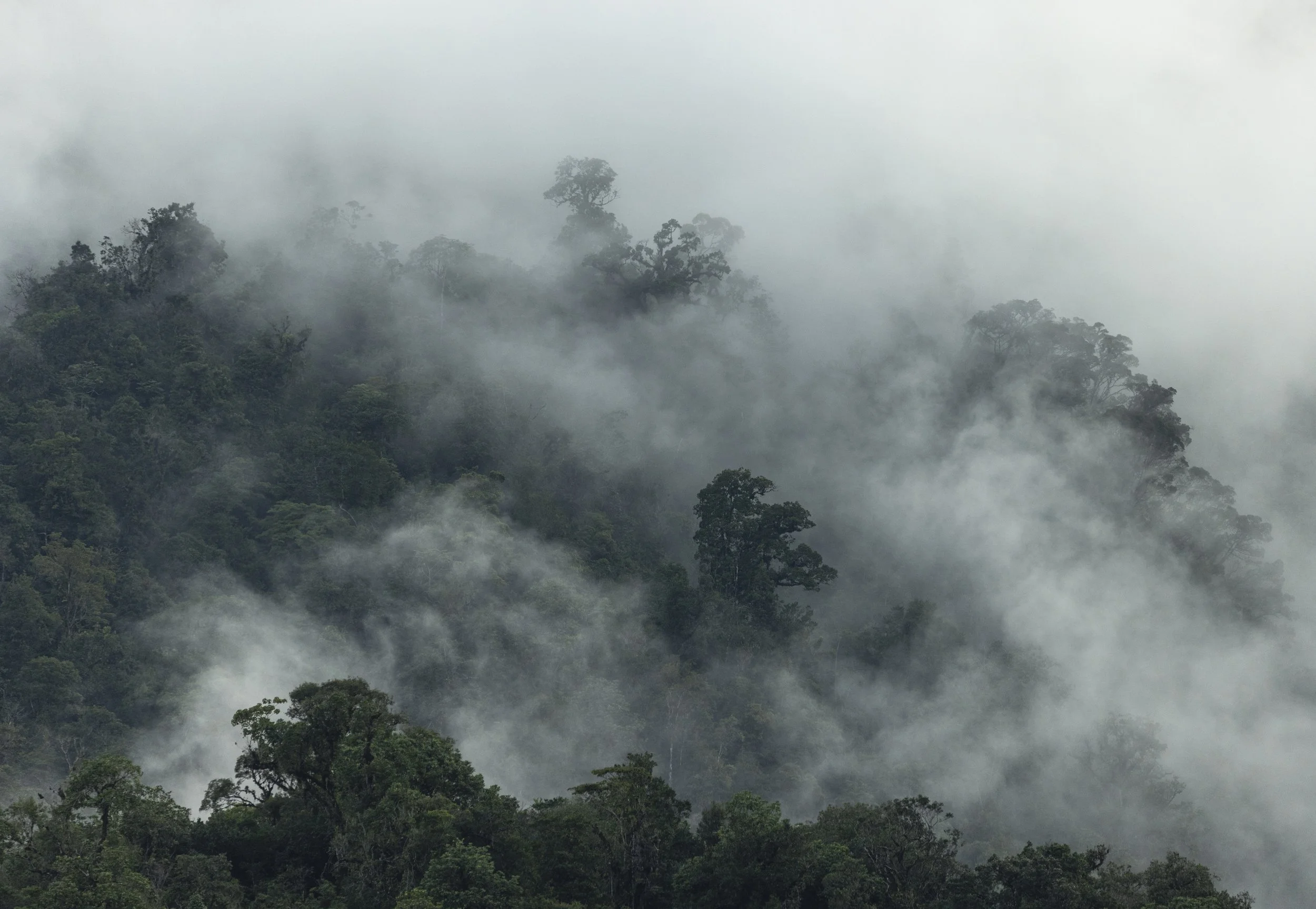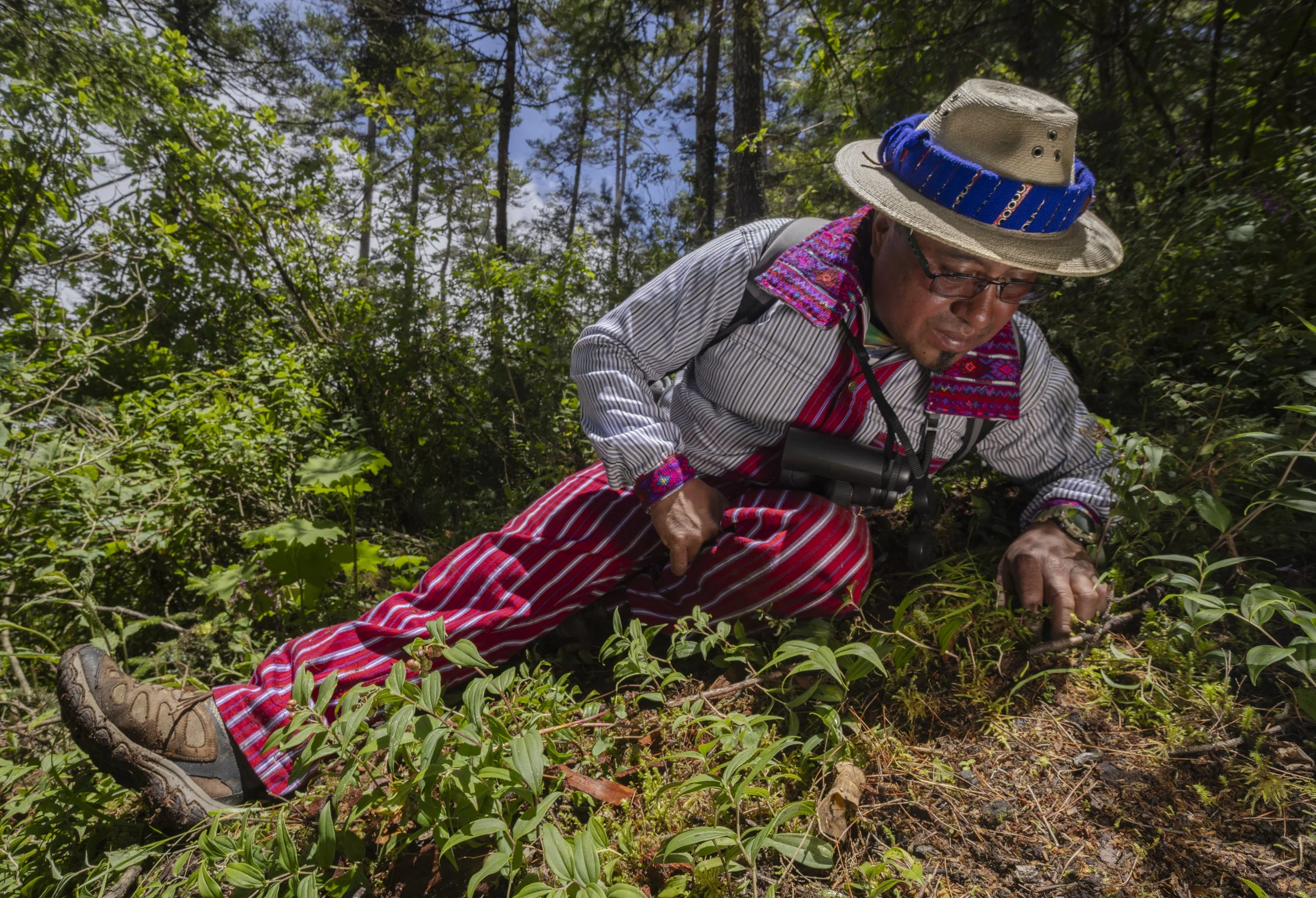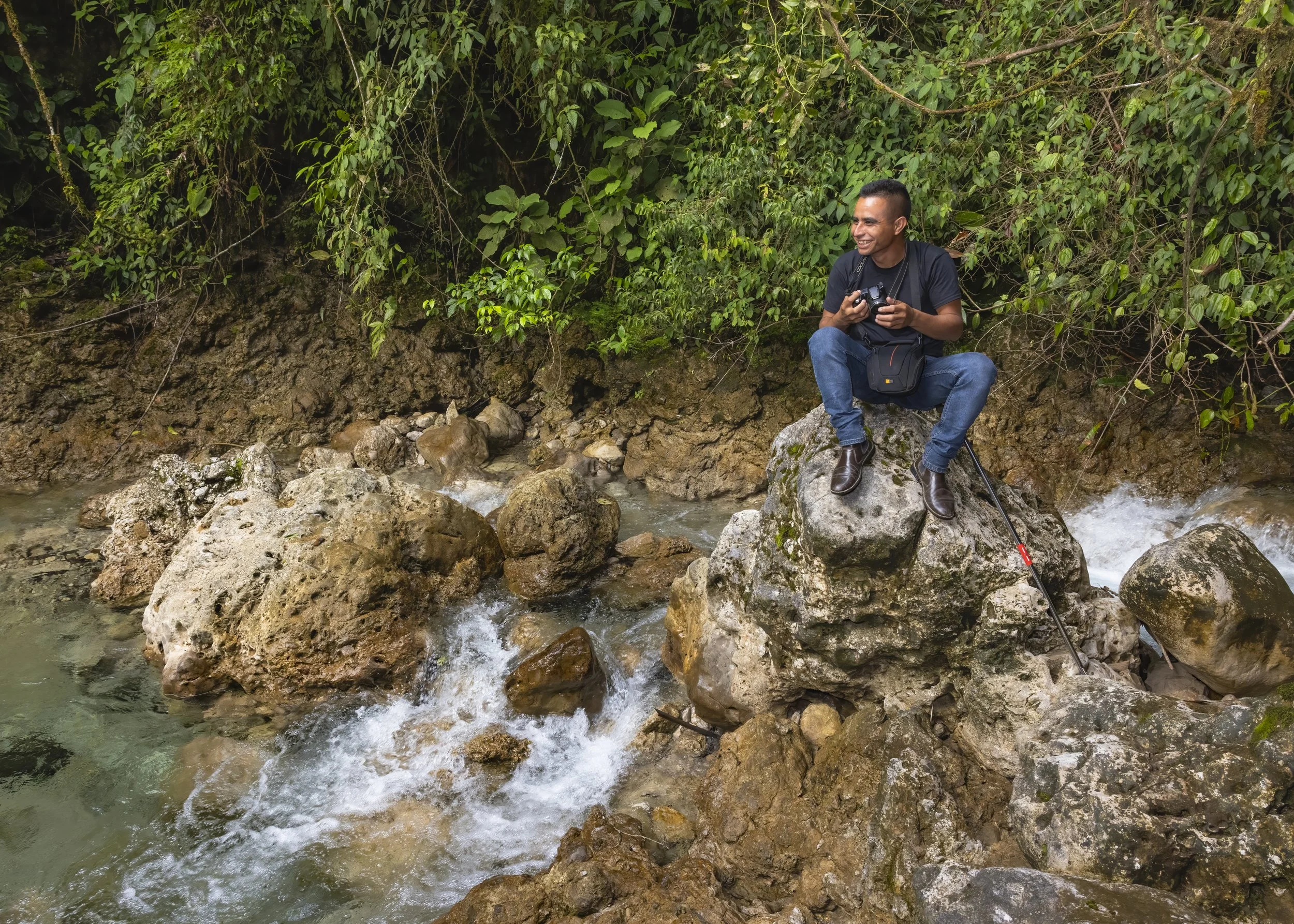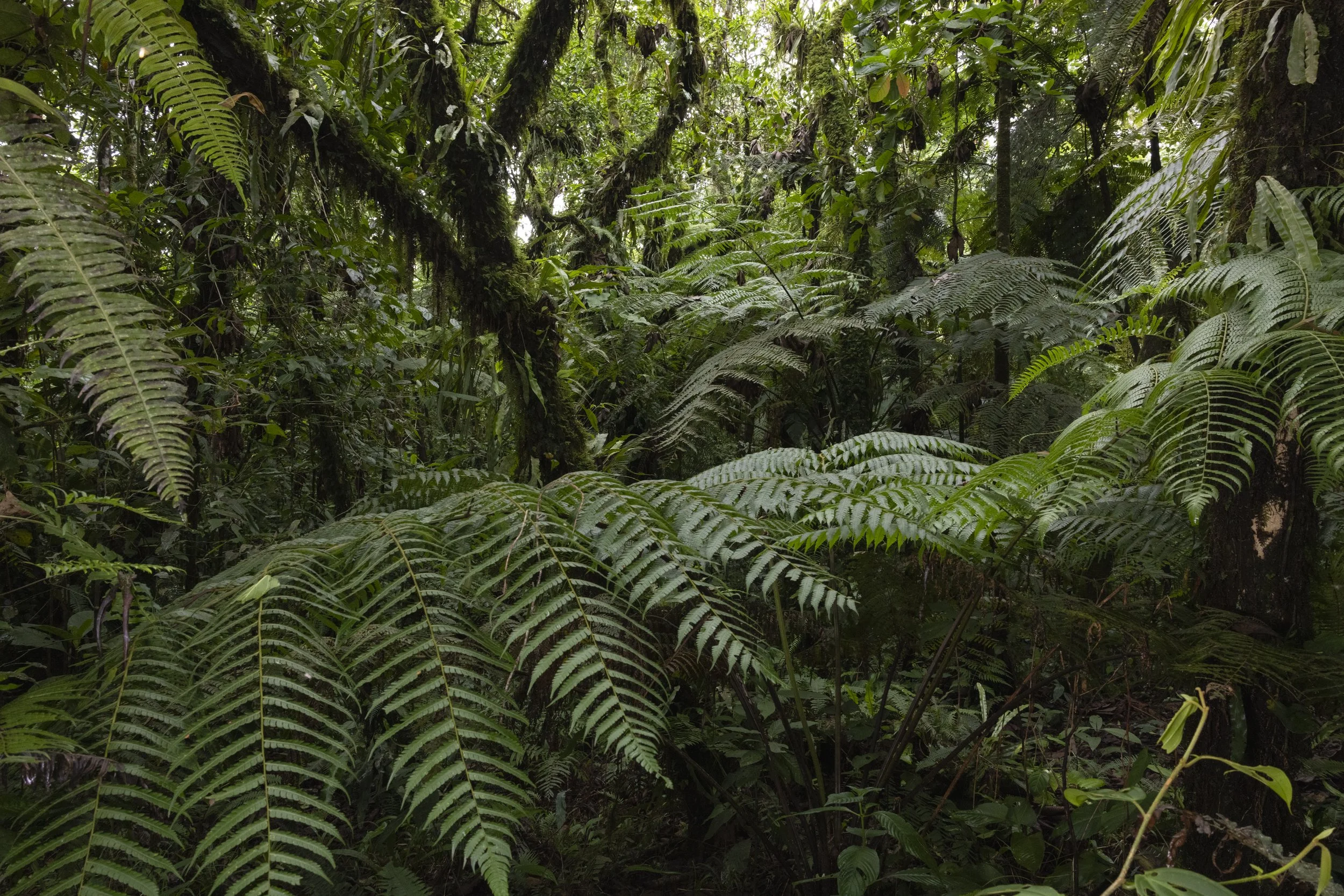
Guardians of the Forest
Protecting Land and Life: The Role of Rangers in Guatemala
Guatemala is one of the most biodiverse countries in the Americas, a land where dense rainforests, highland cloud forests, rivers, and mountains shelter extraordinary species found nowhere else. But these ecosystems are threatened daily by deforestation, wildlife trafficking, and land conflicts. Rangers are often the first to confront these pressures, yet their efforts remain invisible. Too often, conservation is depicted through images of untouched wilderness, erasing the presence of those who defend it. Rangers and land defenders are among the main reasons the country’s biodiversity still survives.
Rangers and defenders are being killed across Latin America at alarming rates, and usually their sacrifices are rarely visible in mainstream media. By centering their perspectives, Guardians of the Forest seeks to challenge dominant narratives of “pristine wilderness” that exclude human presence and instead argue for a conservation ethic rooted in justice, representation, and lived reality. The vision of Latin America and Guatemala is often framed through a Eurocentric lens, showing only the beauty of “wild” landscapes and charismatic species, while the reality of those who stand on the frontlines of conservation remains invisible.
This ongoing project explores the work of rangers in 3 different localities in Guatemala; Yal Unin Yul Witz Natural Reserve, Todos Santos Cuchumatán, and Heloderma Natural Reserve.
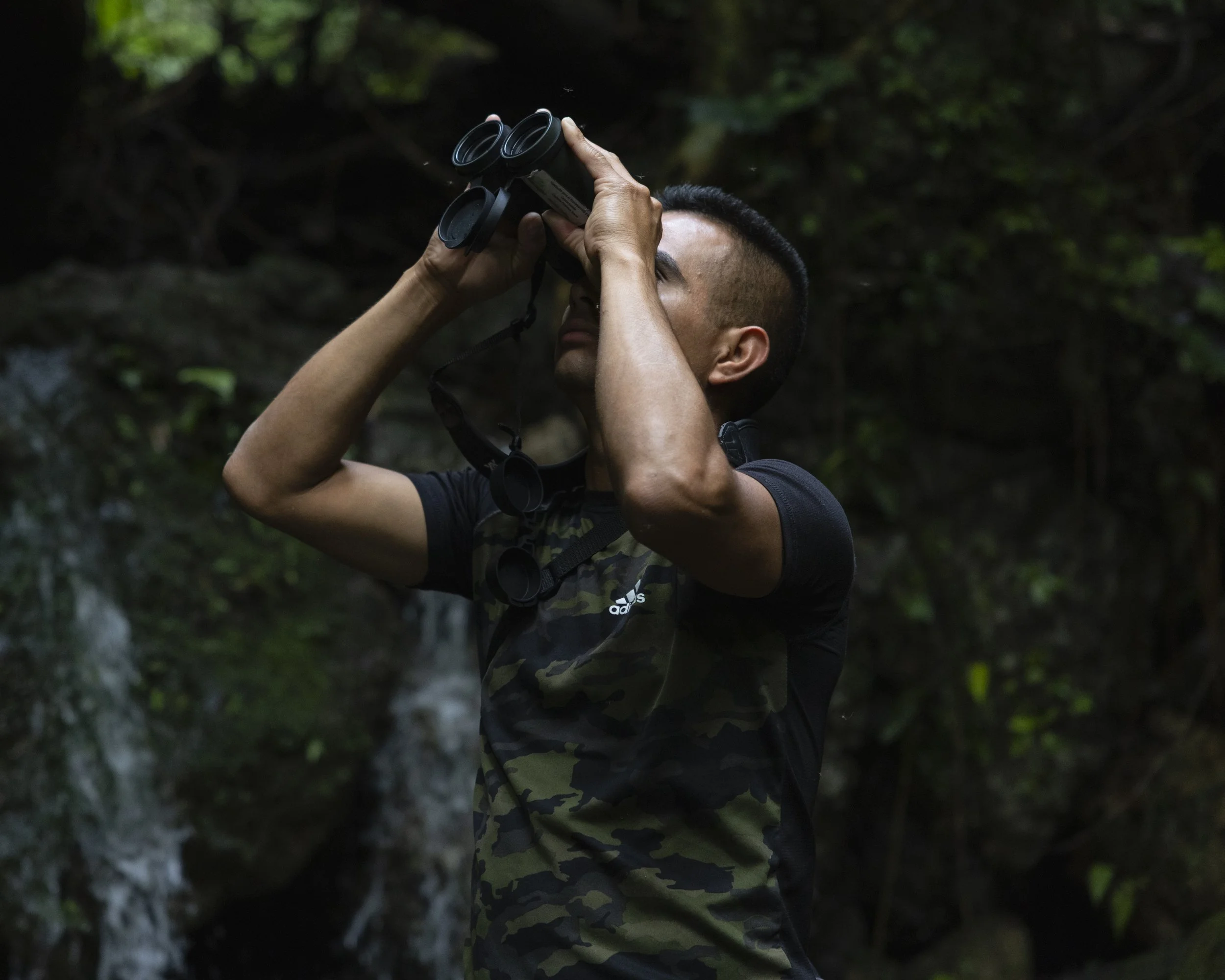
The Human Cost of Conservation in Guatemala
Guatemala is one of the most dangerous countries in the world for environmental defenders. Rangers, community leaders, and local guardians of forests and biodiversity face constant threats, often from organized crime and land grabbers. Many of these groups seek to exploit protected areas for cattle ranching, palm oil plantations, or resource extraction, and those who resist are frequently targeted. In 2024, at least 20 individuals were murdered while defending their land, a 500% increase compared to the previous year, according to Mongabay and Global Witness. These killings highlight the extreme risks faced by those protecting natural resources, the impunity that allows such violence to continue, and the urgent need for stronger protections. Despite the danger, these defenders persist in their work, demonstrating resilience, courage, and a steadfast commitment to safeguarding the environment.
Murders and disappearances of environmental leaders in Latin America during 2024
Murders and disappearances of environmental leaders during 2024

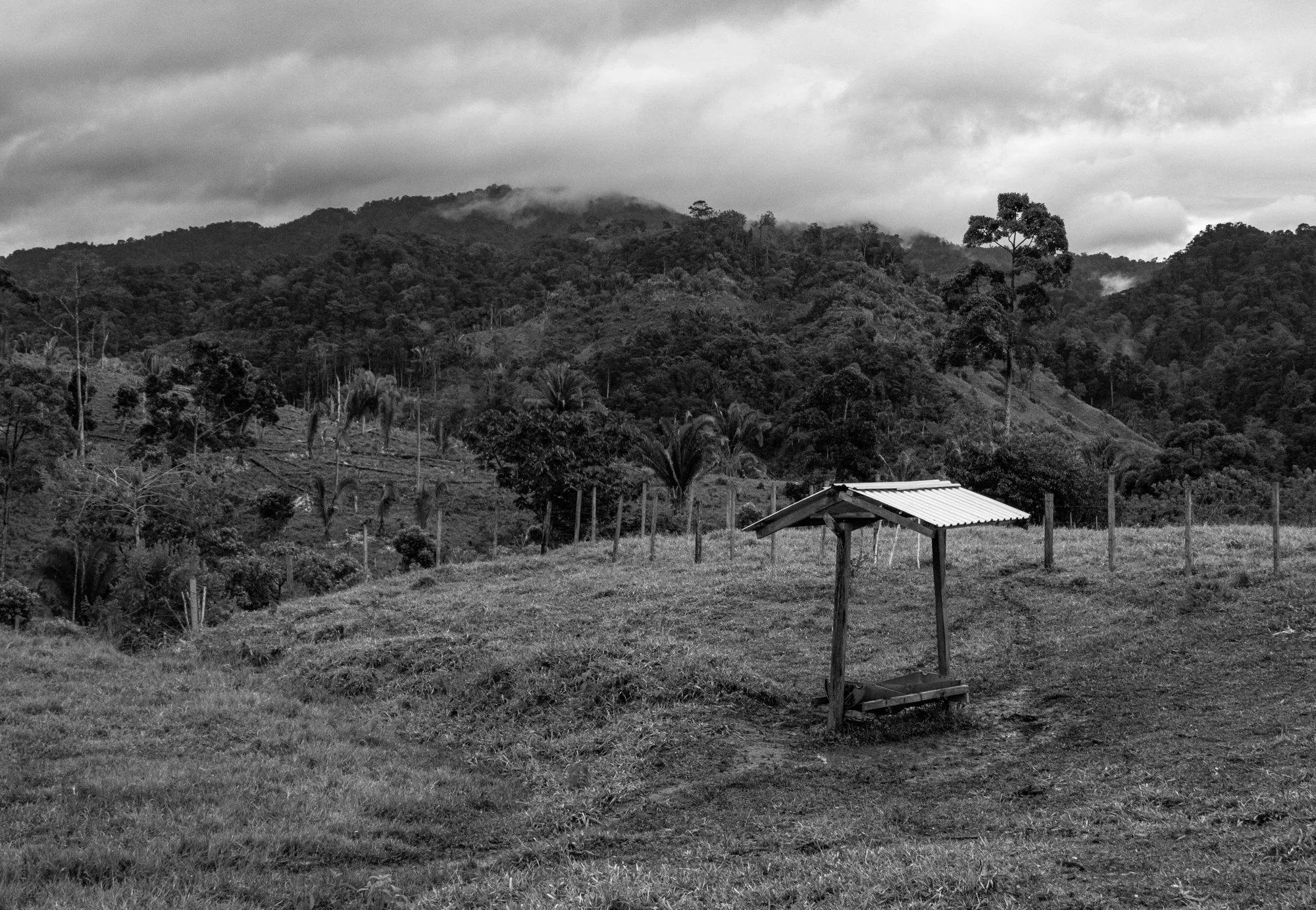


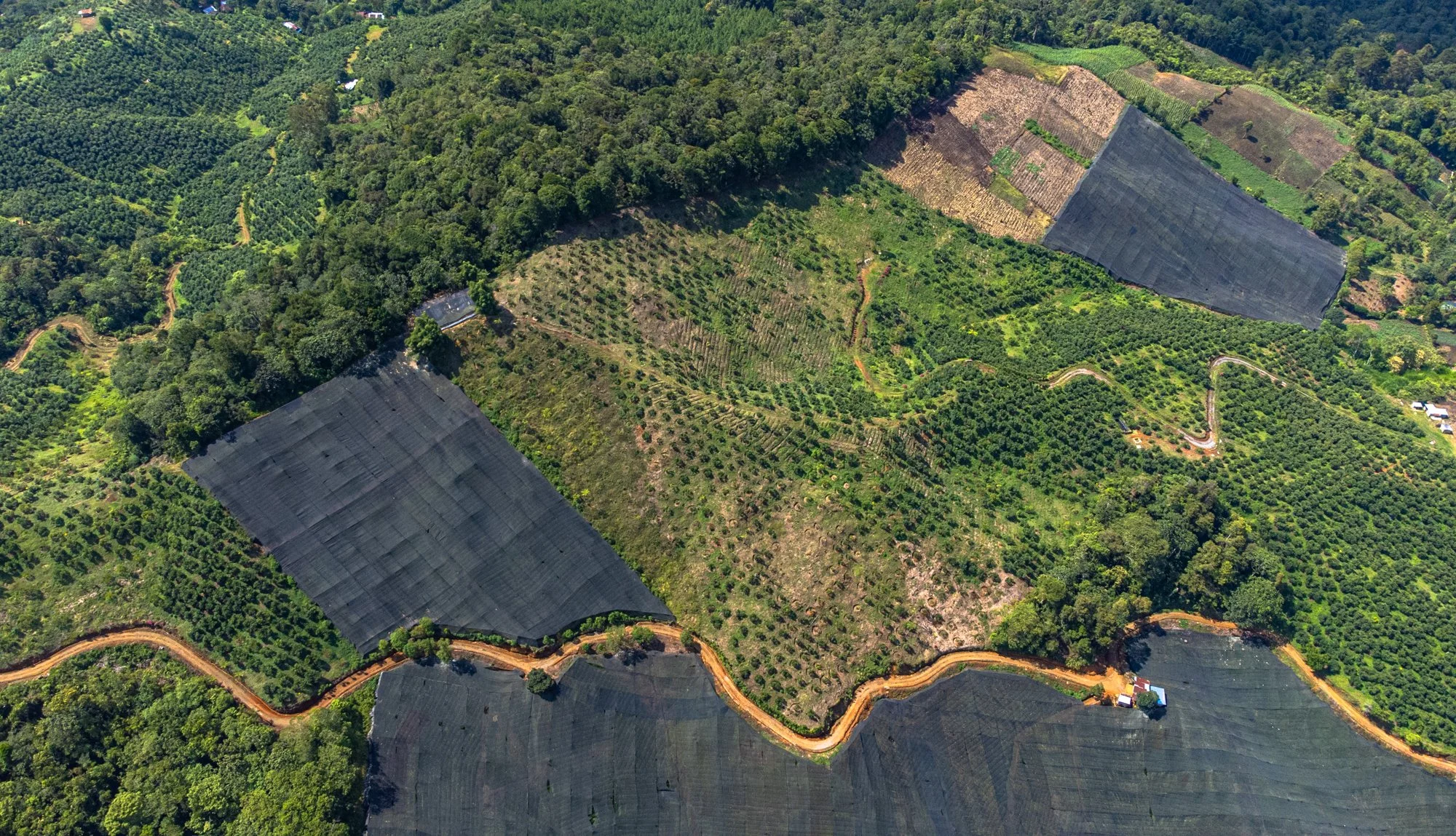







In the mid-1970s, about 66% of the country was forested, but agricultural expansion, cattle ranching, logging, and infrastructure development have steadily reduced forest cover. Today, less than 35% of Guatemala remains forested, with much of the loss concentrated in the northern part of the country: Petén, the Verapaces, and Izabal.
Forests are essential for Guatemala’s biodiversity, water regulation, and climate resilience, yet they continue to face threats from industrial agriculture, illegal logging, and land conflicts. Rangers and local guardians of the forest play a crucial role. Their work not only safeguards the remaining forests but also protects the livelihoods and cultural heritage of the communities that depend on them.
Explore the three locations by selecting the images below
